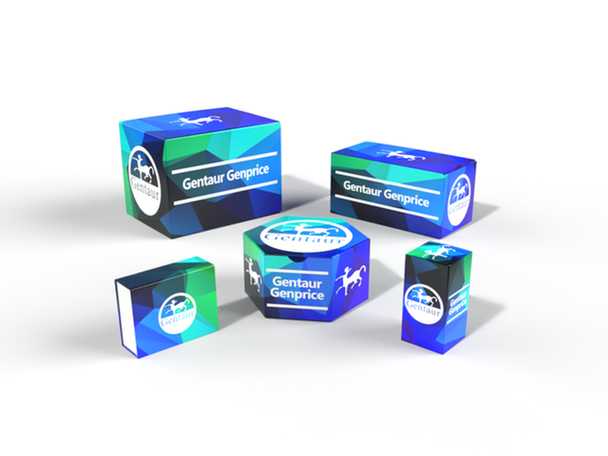Gentaur
alpha 2 Macrogrobulin Anti-Mouse, Rabbit Antibody | 88-11941-05011
- SKU:
- 88-11941-05011-GEN
- UPC:
- MPN:
- Availability:
- IN STOCK
Description
alpha 2 Macrogrobulin Anti-Mouse, Rabbit Antibody | 88-11941-05011
To minimize cross-reactivity, these rabbit anti-mouse IgG (H+L) whole secondary antibodies have been affinity purified and cross-adsorbed against human serum prior to conjugation. Cross-adsorption or pre-adsorption is a purification step to increase specificity of the antibody resulting in higher sensitivity and less background staining. The secondary antibody solution is passed through a column matrix containing immobilized serum proteins from potentially cross-reactive species. Only the nonspecific-binding secondary antibodies are captured in the column, and the highly specific secondaries flow through. The benefits of this extra step are apparent in multiplexing/multicolor-staining experiments (e.g., flow cytometry) where there is potential cross-reactivity with other primary antibodies or in tissue/cell fluorescent staining experiments where there are may be the presence of endogenous immunoglobulins.
Alexa Fluor dyes are among the most trusted fluorescent dyes available today. Invitrogen™ Alexa Fluor 488 dye is a bright, green-fluorescent dye with excitation ideally suited to the 488 nm laser line. For stable signal generation in imaging and flow cytometry, Alexa Fluor 488 dye is pH-insensitive over a wide molar range. Probes with high fluorescence quantum yield and high photostability allow detection of low-abundance biological structures with great sensitivity. Alexa Fluor 488 dye molecules can be attached to proteins at high molar ratios without significant self-quenching, enabling brighter conjugates and more sensitive detection. The degree of labeling for each conjugate is typically 2-8 fluorophore molecules per IgG molecule; the exact degree of labeling is indicated on the certificate of analysis for each product lot.
Using conjugate solutions: Centrifuge the protein conjugate solution briefly in a microcentrifuge before use; add only the supernatant to the experiment. This step will help eliminate any protein aggregates that may have formed during storage, thereby reducing nonspecific background staining. Because staining protocols vary with application, the appropriate dilution of antibody should be determined empirically. For the fluorophore-labeled antibodies a final concentration of 1-10 µg/mL should be satisfactory for most immunohistochemistry and 1:100-1:500 for flow cytometry applications.
Product will be shipped at Room Temperature.
Target Information
IgM (Immunoglobulin M) is expressed intracellularly during the early stages of B lymphopoiesis, and then on the surface of more mature B cells in the bone marrow and peripheral B cells.
The isotype of a primary antibody and its application can result in background staining. Primary antibody background noise can be caused by binding to Fc receptors on target cells; by non-specific interactions with cellular proteins, carbohydrates, and lipids; or by cell autofluorescence. Isotype control antibodies can act as negative controls to help differentiate non-specific background signal from specific antibody signal because they have no relevant specificity to a target antigen.
While isotype controls are most commonly used in flow cytometry, they are also useful in other applications such as chromatin immunoprecipitation (ChIP), immunohistochemistry, and gel shifts. Isotype controls should match with the primary antibody species and isotype so that the level of specific staining by the primary antibody may be accurately determined.
If using directly labeled primary antibodies, the isotype control works best if conjugated with the same label as the test antibody.
Related Products

alpha 2 Macrogrobulin Anti-Mouse, Rabbit Antibody | Gentaur
Gentaur
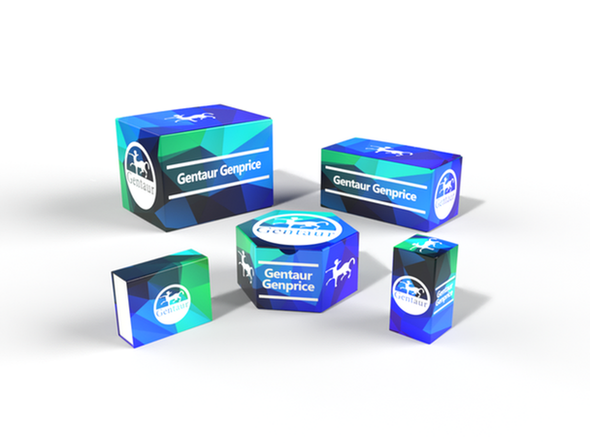
Plasminogen, Anti-Human, Rabbit, Polyclonal | 88-11491-05011
Gentaur

Plasmin, Anti-Human, Rabbit, Polyclonal | 88-11481-05011
Gentaur
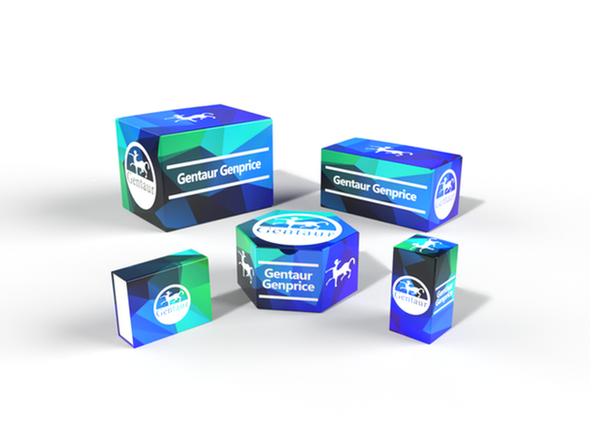
Angiotensin I, Anti-Human, Rabbit, Polyclonal | 88-10441-05011
Gentaur
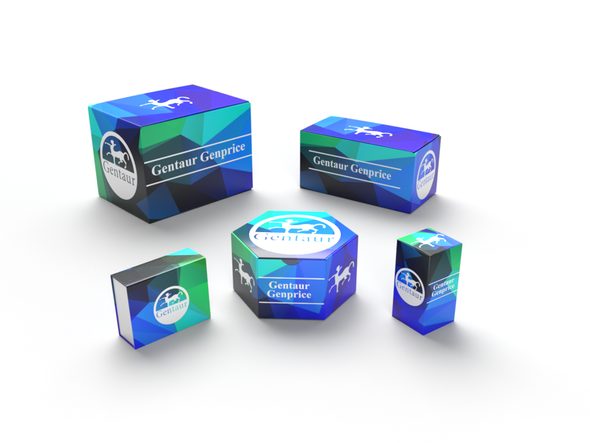
Rabbit Anti-Mouse RELM alpha Antibody | 103-P80
209

Rabbit anti-Topoisomerase 2 alpha Antibody | DL91182A
DVLP
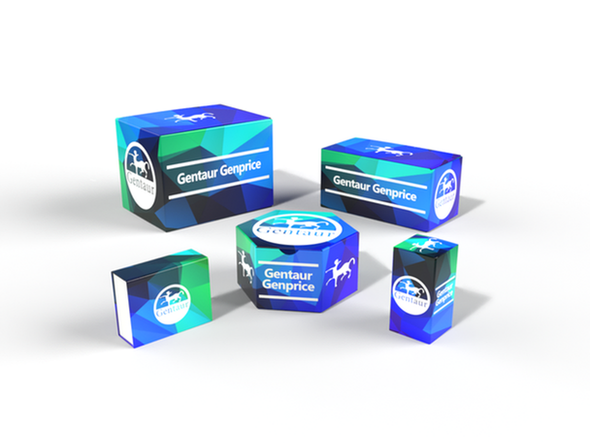
Rabbit anti-Alpha-2-antiplasmin Antibody | DL98525A
DVLP

Rabbit anti-CapZ alpha-2 Antibody | DL95977A
DVLP

Rabbit anti-Topoisomerase 2 alpha Antibody | DL93851A
DVLP

